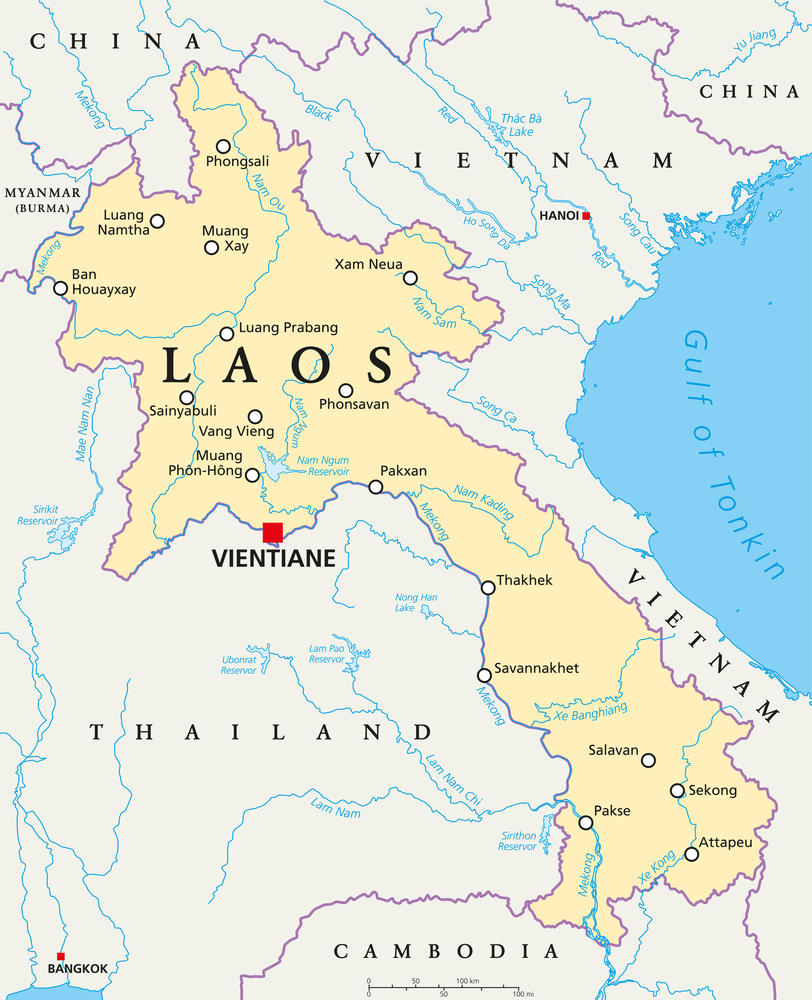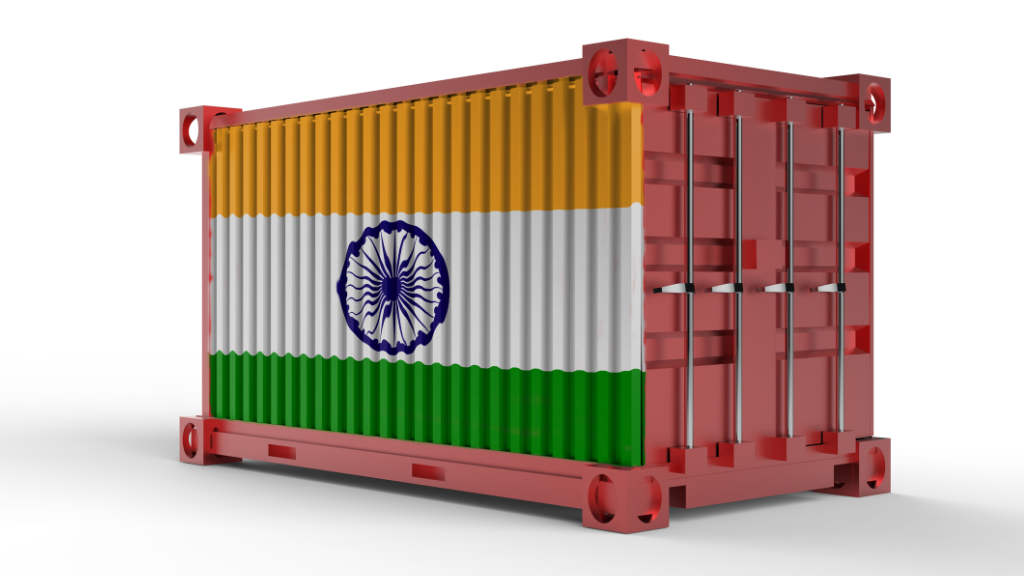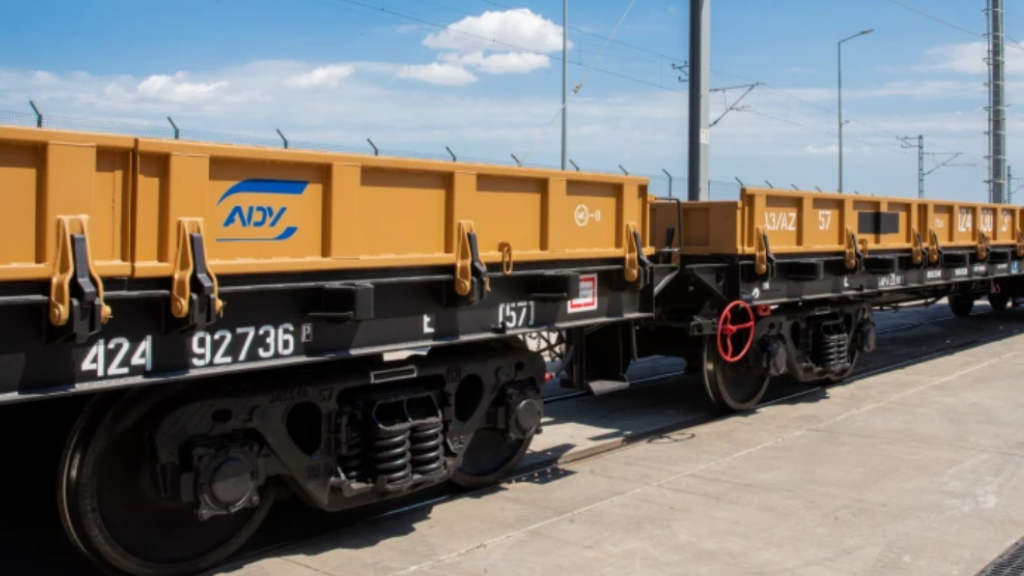Update – August 14: Sergei Shoigu, Russia’s Security Council Secretary has reaffirmed Russia’s readiness to continue development and interaction between the Security Council of the Russian Federation and the Public Security Ministry of Laos, in meetings with Chansamone Chanyalath, the National Defense Minister of Laos, in Moscow.
Laos, a member of the southeast ASEAN bloc, will become a member of the Shanghai Cooperation Organisation (SCO) after obtaining dialogue partner and subsequent observer status. Vientiane applied to become a dialogue partner of the SCO on Tuesday (May 21).
The SCO, which accounts for some 20% of global GDP, was founded in 2001 by China, Kyrgyzstan, Kazakhstan, Russia, Tajikistan, and Uzbekistan. Iran became the newest member of the organization last year, after India and Pakistan had joined in 2017.
Currently, 14 countries hold SCO dialogue partner status, allowing them to participate in the organization’s specialized events at the invitation of its members.
Laos is one of Russia’s long-standing ASEAN partners and has been working to diversify its economy while also strengthening ties with countries such as China, with whom it shares a common border. Laos also shares a long border with Vietnam, which has a Free Trade Agreement with Russia via the Eurasian Economic Union.

Russian investors may take advantage of Laos improving transport infrastructure and Laos significantly lower manufacturing costs if they can manage the productivity gap – it may take longer to get things made, but this can be measured against a lower cost base. For example, the average annual wage of a factory worker in Vietnam is US$2,600, in Laos, it is half the cost.
Russia’s exports to Laos generally consist of wood, pulp, and paper products, machinery, equipment, vehicles, and chemical industry products. Laos, on the other hand, exports to Russia mostly textiles, food, and agricultural raw materials. Despite a quite limited scope of products, the parties’ interest in developing cooperation is significant; the issue of concluding a free trade agreement with the countries of the Eurasian Economic Union is being worked out.
Russia-Laos bilateral trade turnover is still small. In 2022 trade turnover between Russia and Laos amounted to just US$12.9 million, including Russian exports of US$8.3 million, and Russian imports from Laos at US$4.6 million. There are natural trade barriers, not least being that Laos in landlocked, and a relatively small market, making the country less of a priority for Russia as it re-engineers supply chains to Asia. Larger markets such as China, India, and Vietnam have taken priority. For example, the population of Laos is just 7.5 million. It borders China’s Yunnan Province to the north, with Yunnan alone having a population of about 47 million. Laos’ GDP is US$20 billion, and Yunnan’s is US$398 billion, meaning Laos suffers somewhat as it is a minor market.
However, an upward trend is likely to occur. Russia’s exports to China have grown substantially over the past 18 months, and China is a major trade route into Laos. The opening of the China-Laos railway will have a positive effect on Russia-Laos trade. Also, Russia’s trade with Vietnam is expanding. Its economy is also growing, as are Vietnamese production costs. Some businesses that supply the Russian market from Vietnam may soon be looking to neighbouring Laos for more cost-effective production.
Further Reading
Russia-Laos 2024 Trade & Development Dynamics
Russia’s trade with Laos is extensively covered in our 2024 Russia’s Pivot To Asia guide, which is a complimentary download. It can be accessed in English here and in Russian here.




